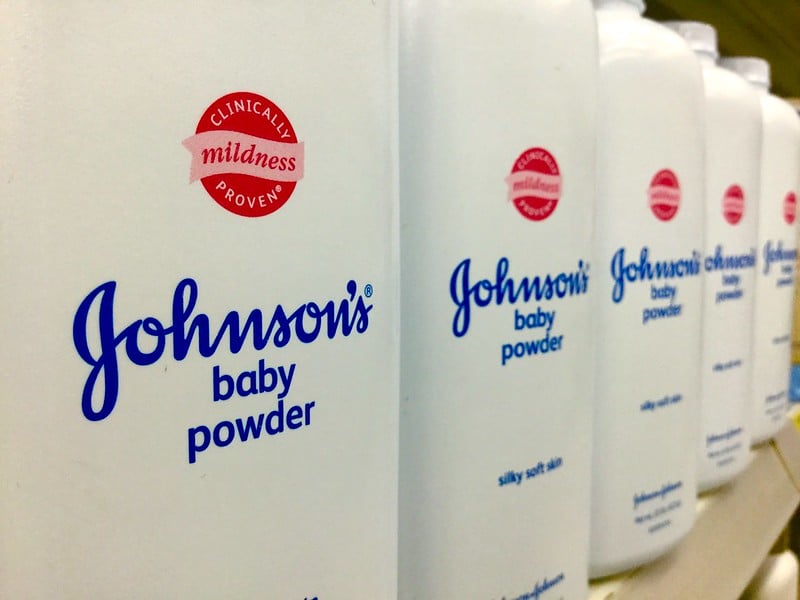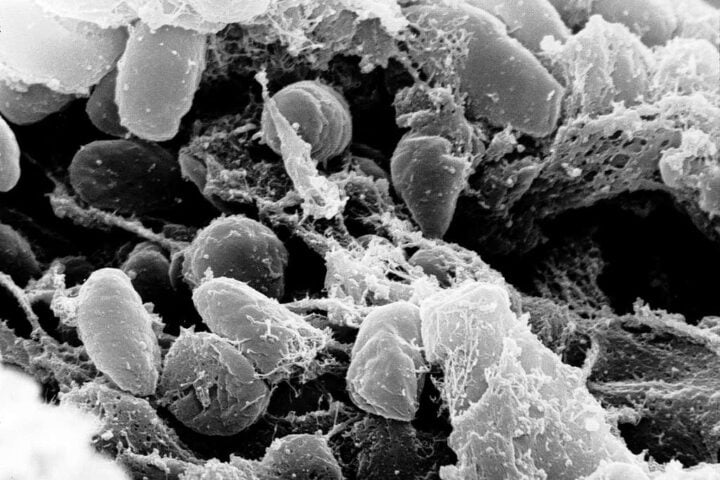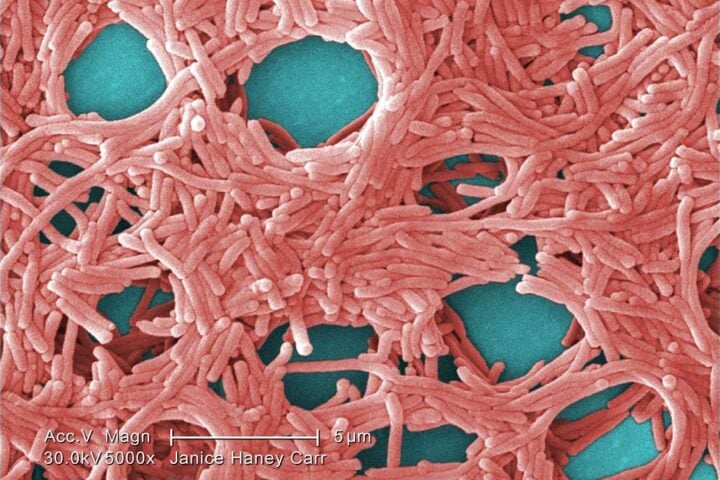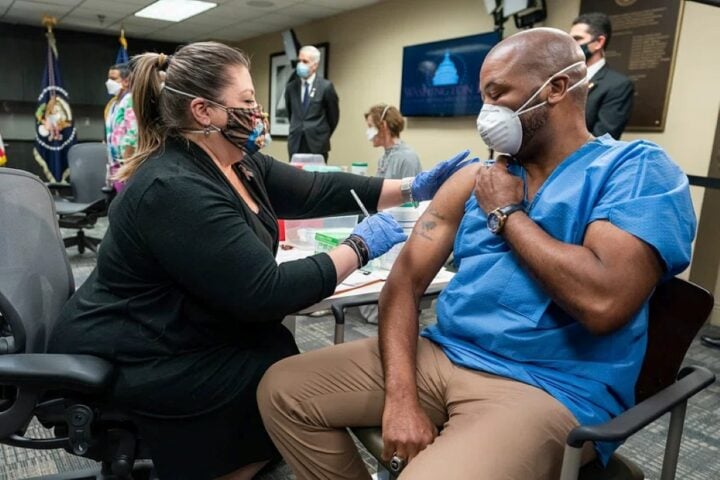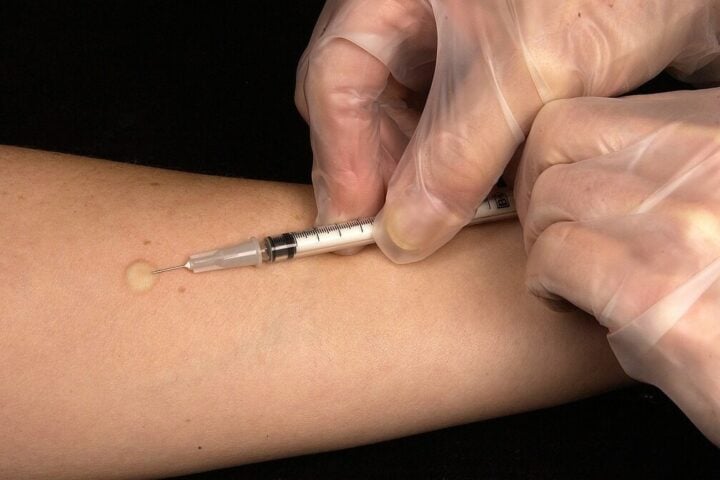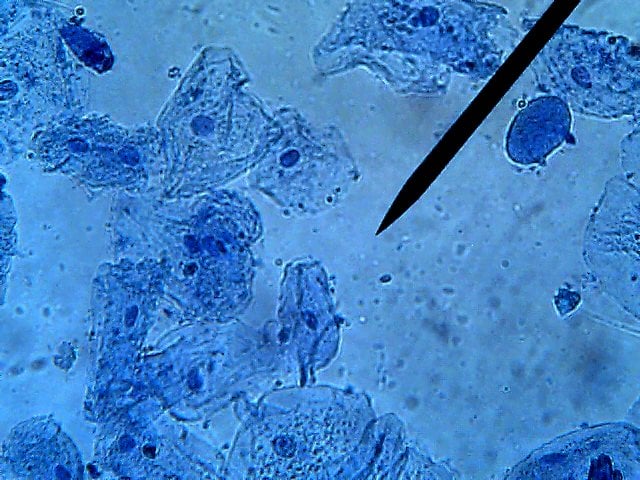When Cassandra Wardle was diagnosed with ovarian cancer at just 44, she had no idea her regular use of talcum powder might be connected. Now she’s part of a groundbreaking legal battle that could change how we think about everyday products.
Nearly 2,000 UK residents have joined forces with KP Law in a landmark legal action against Johnson & Johnson claiming the company’s talc products caused their cancers. This isn’t just about money—it’s about truth.
“We want accountability,” Wardle told BBC Breakfast. “We want to know is this actually true and what they actually knew at the time.”
The Science Behind Talc Concerns
For decades, women dusted themselves with talcum powder, never suspecting danger. But recent scientific findings have transformed our understanding of this common bathroom staple.
In July 2024, the International Agency for Research on Cancer reclassified talc as “probably carcinogenic to humans” (Group 2A), upgrading it from its previous “possibly carcinogenic” classification. This decision wasn’t made lightly—it followed extensive review of human, animal, and laboratory evidence.
Tom Longstaff from KP Law explains: “Talcum powder sold in the UK for decades has been tested and has been found to contain asbestos.” He adds that studies show “a user of talcum powder on a regular basis is more likely to develop diseases such as mesothelioma and ovarian cancer” (IARC Monograph 136, 2024).
The numbers back this up. A comprehensive 2018 meta-analysis examining 27 studies found that women who use talc in their genital area faced a 20-26% increased risk of ovarian cancer. For women with over 3,600 lifetime applications, that risk jumped to 42%.
The FDA’s Testing Revolution
Since 2019, the U.S. Food and Drug Administration has transformed how it tests talc products, using both Polarized Light Microscopy (PLM) and the more sensitive Transmission Electron Microscopy (TEM).
Their initial findings were alarming—9 of 52 samples (17%) tested positive for asbestos using TEM technology in 2019. Many of these contaminated samples had passed the less sensitive PLM testing, revealing how earlier testing methods may have missed dangerous asbestos fibers (FDA Talc Testing Report, 2019).
Interestingly, the FDA’s 2021–2023 surveys (testing 50 samples yearly) detected no asbestos, suggesting contamination might be sporadic rather than universal (FDA Cosmetic Survey, 2023).
Inside J&J’s Response
Johnson & Johnson maintains its products are safe. In their statement, they insist: “We have relied upon the most state-of-the-art testing protocols for decades and have been entirely transparent with government institutions and academic researchers regarding our findings”.
Similar Posts
The company claims their findings “uniformly show the absence of asbestos contamination in Johnson’s baby powder” and that “independent science makes clear that talc is not associated with the risk of ovarian cancer nor mesothelioma.”
Yet internal company documents from the 1970s tell a different story. Memos from 1971 noted “asbestos impurities were observed” in talc samples—information not shared with regulators at the time.
The Human Cost
For Cassandra Wardle, this isn’t abstract science—it’s her life. After surgery and chemotherapy, she developed multiple chronic health conditions including sarcoidosis and asthma.
“I used talc for a significant period of my life, up to 20 years,” she shared. “I was actually 44 at diagnosis… considered quite young for ovarian cancer.”
Wardle participates in a support group for women with ovarian cancer where “most days we get a notification to say somebody has passed away.”
The Four Cancers at the Center
The UK legal action focuses on four specific cancers potentially linked to talcum powder use:
- Mesothelioma: An aggressive cancer caused by asbestos exposure that affects the thin lining of tissues covering many internal organs
- Ovarian Cancer: A comprehensive 2018 meta-analysis examining 27 studies found that women who use talc in their genital area faced a 20-26% increased risk of ovarian cancer.
- Fallopian Tube Cancer: Similar to ovarian cancer but originating in the tubes connecting ovaries to the uterus
- Peritoneal Cancer: A rare cancer affecting the abdominal lining that resembles ovarian cancer but can affect both men and women
The Global Legal Landscape
While the UK case is just beginning, the United States has seen massive legal action. Over 60,000 Americans have sued Johnson & Johnson, with at least a $10 billion settlement rejected by the US judge.
The UK case is expected to take 3-5 years to progress through courts. KP Law is offering representation on a “no win, no fee” basis, removing financial barriers for affected patients.
What This Means For You
If you’ve used talcum powder products regularly for five or more years and have been diagnosed with any of the associated cancers, you may be eligible to join the claim.

Unlike in the United States, UK regulatory bodies like the MHRA haven’t issued specific talc warnings. Under current UK Cosmetics Regulation, talc remains permitted if it meets purity standards (UK Cosmetics Regulation 1223/2009).
This disconnect between regulatory action, scientific evidence, and real patient experiences lies at the heart of this complex case—one that could reshape how we evaluate everyday product safety for generations to come.
